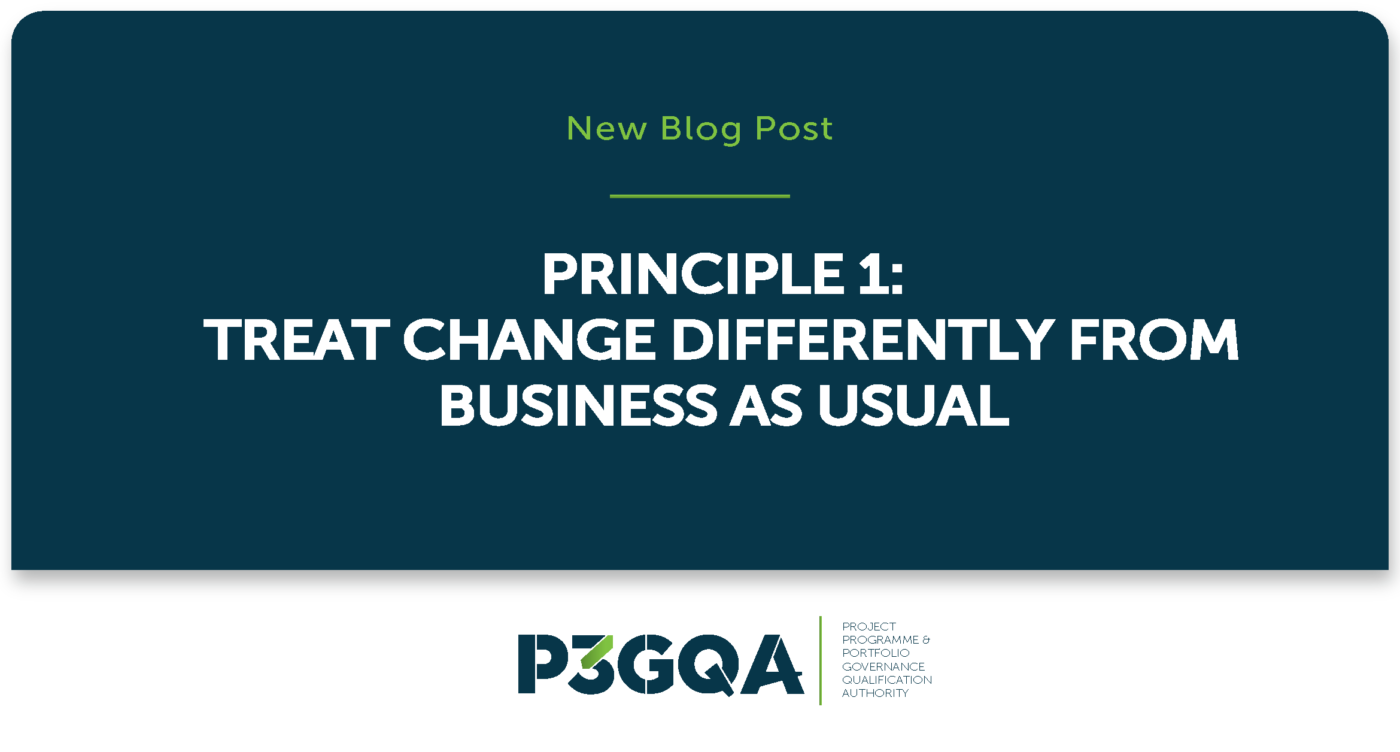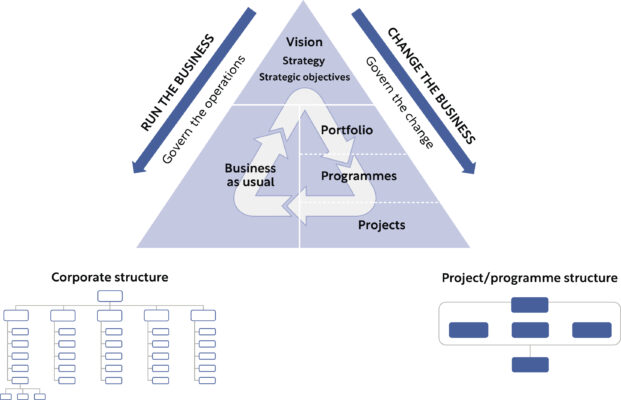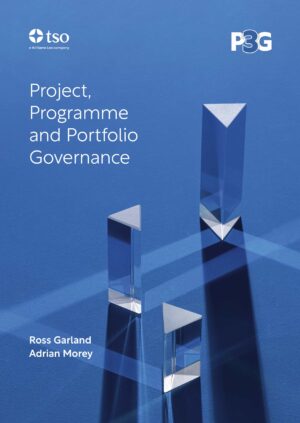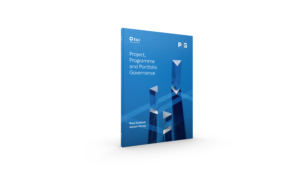Business as usual (or BaU) is the day-to-day activities/operations that an organisation undertakes as part of its normal business. Change is about the portfolio of programmes and projects that change the business and prepare it for the future.
Typically, BaU decision making occurs within the structure of the organisation chart. Trying to make project related decisions within that same structure doesn’t work because the organisation chart is not designed to deliver change. Programmes and projects rely on fast and efficient decision making. If you did try to use the organisation chart as a project decision making framework, you’d find progress would be very slow.
Projects and programmes therefore require their own governance structure. This principle makes decision making faster and more efficient and effective.
The blurring of BaU and change can occur even in organisations that have change governance frameworks in place. It can occur when an organisation isn’t clear as to when a programme/project starts or has no clear process for initiating one. Thus, the project may be well into its life before change governance is initiated. This again results in slow, inefficient and sub optimal decision making. Another example is whenever the decision of a project or programme board requires subsequent ratification/endorsement/etc by a “higher authority”. This is blurring BaU and Change via the “back door”.
The governance triangle is a means of expressing the fundamental ways in which the governance of BaU and change differ.
Eager to uncover the content earlier and explore the 10 principles in detail?
Purchase your e-book today on the link below!
P3GP® Self Study Resources




